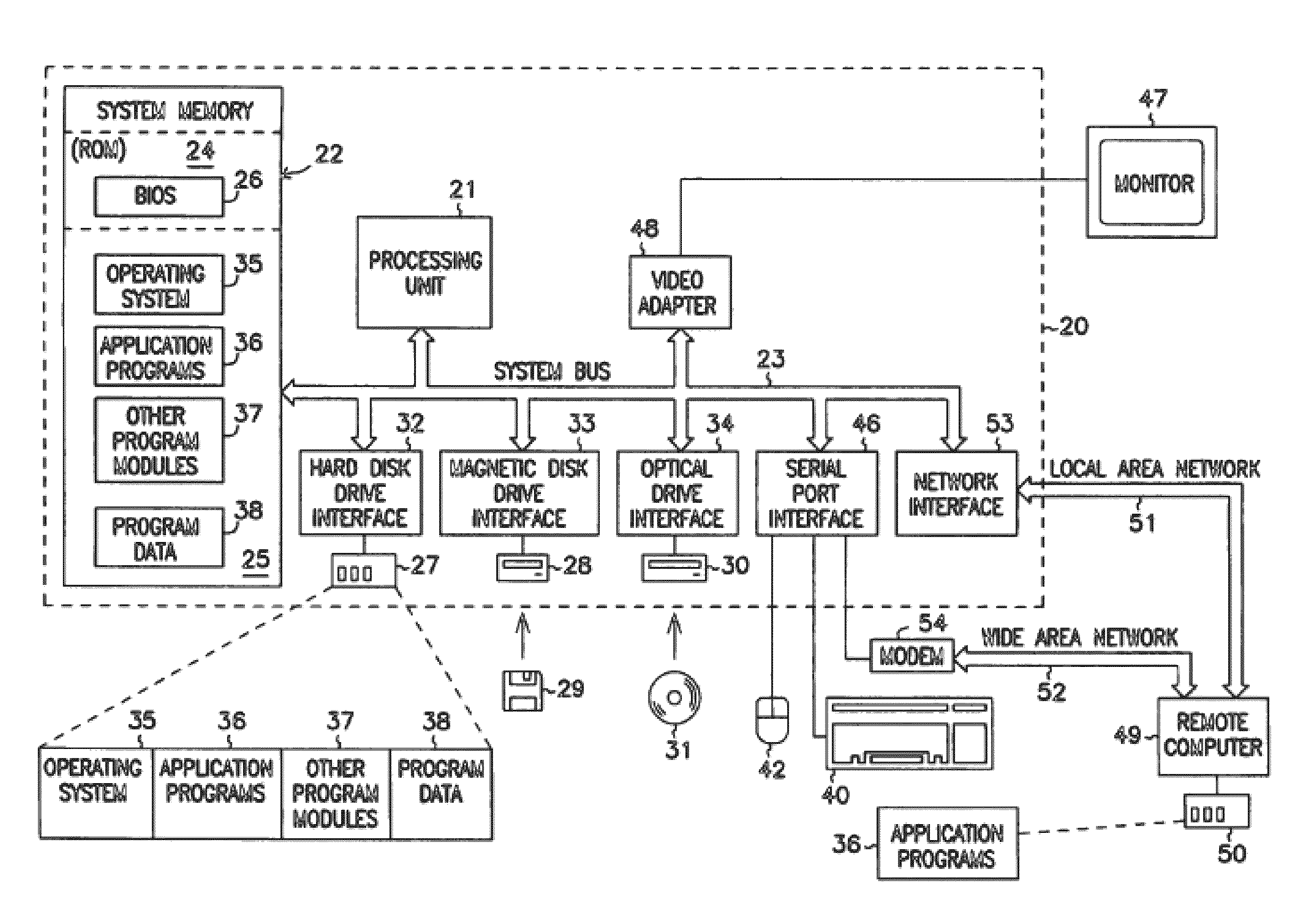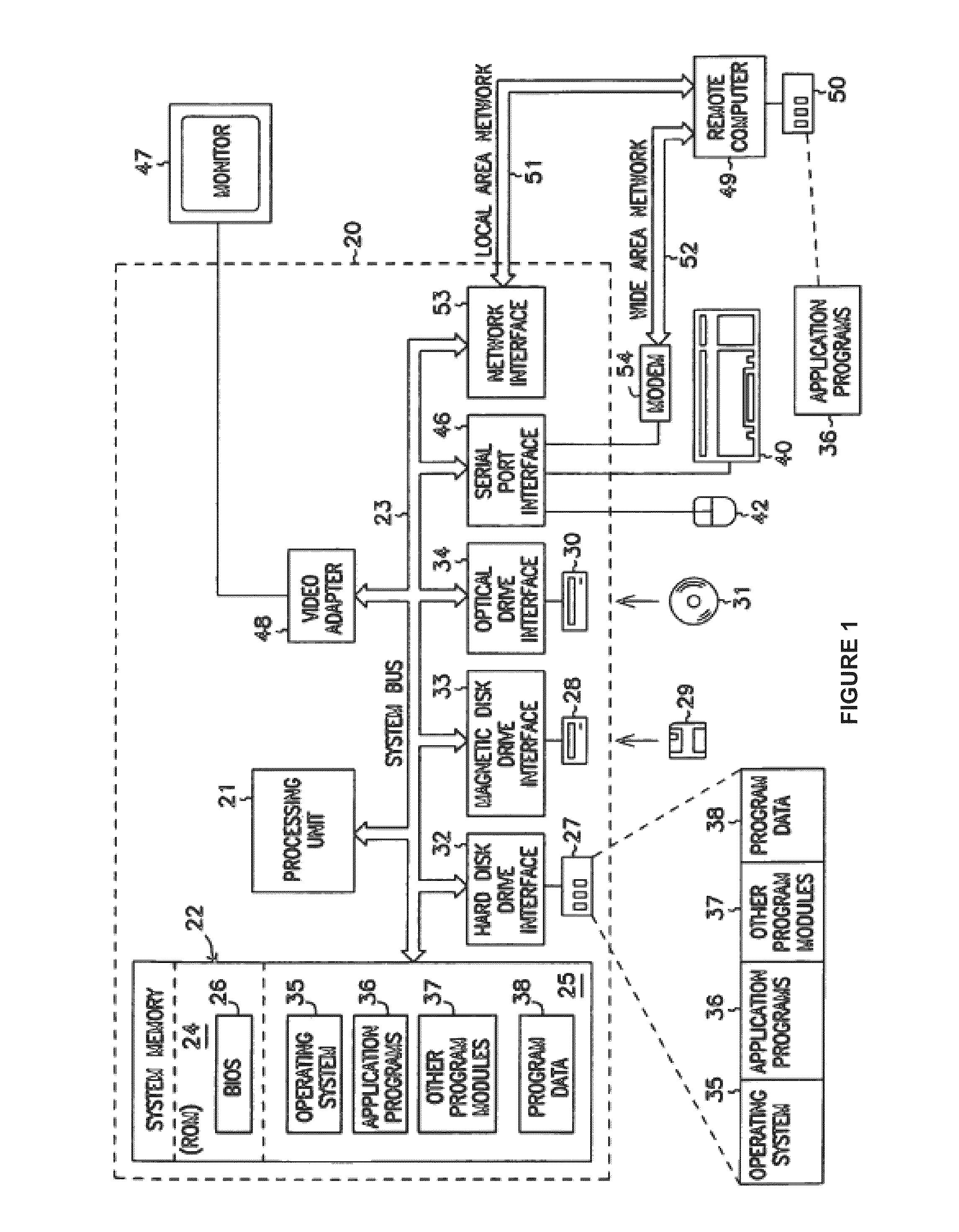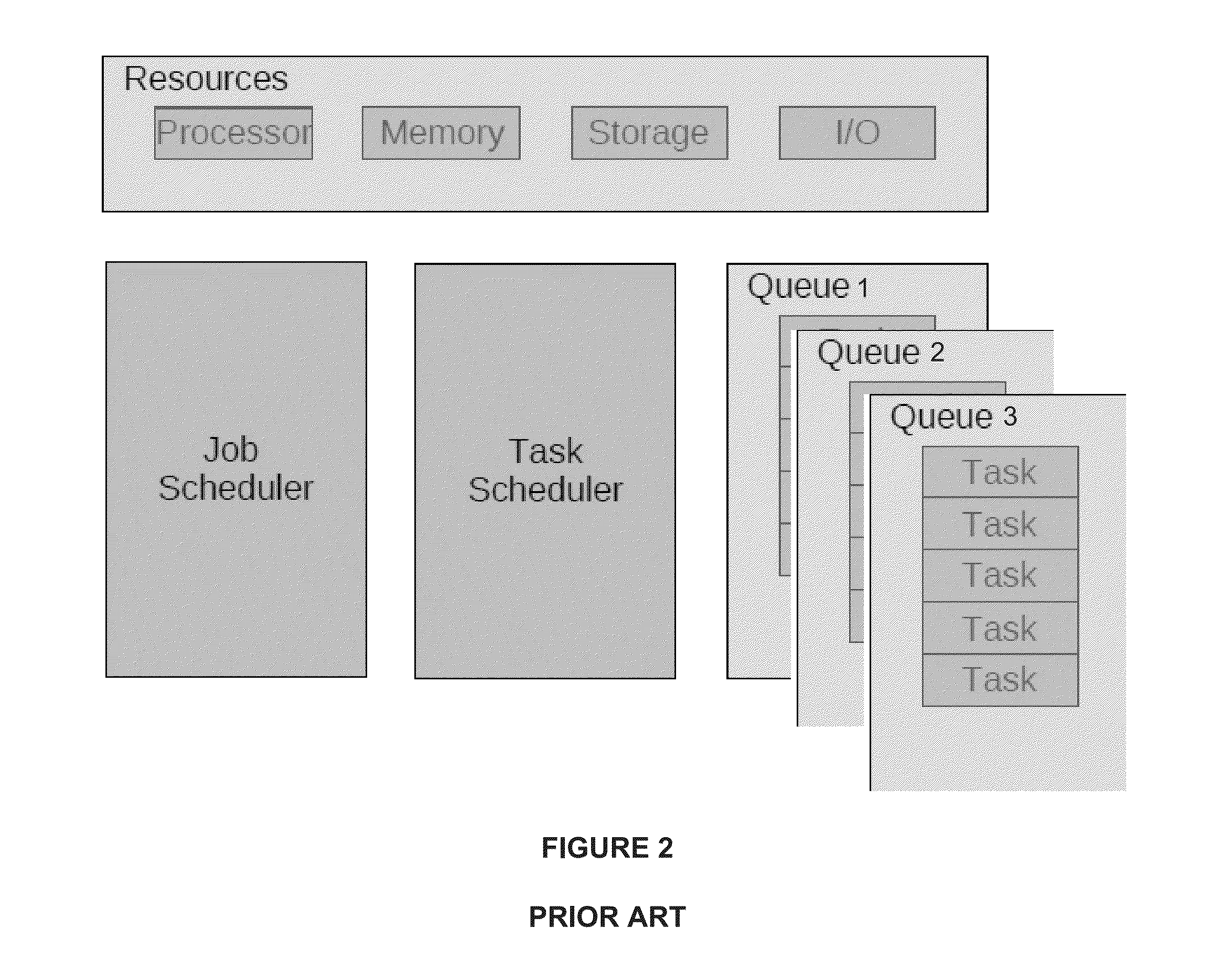Efficient method for the scheduling of work loads in a multi-core computing environment
a multi-core computing and efficient technology, applied in the direction of program control, resources allocation, instruments, etc., can solve the problems of increasing the likelihood of shared system resource conflicts and related performance degradations and/or system instability, increasing the average memory capacity-per-core in these systems, and maximizing the use of computing resources. , to achieve the effect of maximizing the use of computing resources
- Summary
- Abstract
- Description
- Claims
- Application Information
AI Technical Summary
Benefits of technology
Problems solved by technology
Method used
Image
Examples
embodiments
[0067]Embodiments of the present invention describe a data structure, an algorithm for the management of the data structure as part of a reconciliation method that is used for the allocation of resources and the dispatching of work units which consume allocated resources, and a method of use of some mechanisms to handle situations where there are no work units for the available resources.
[0068]In an embodiment, a single queue is used to implement all of the functionalities and features of the optimal scheduling of shared computer resources over an entire array of processing units in a multi-core computing environment. As a result, the scalability issues associated with US498 are eliminated because there is only one queue. The length of the queue is determined uniquely by the relationship between the number of available work units and the number of available processing elements. In an embodiment, the minimum queue length is the number of processing elements in the multi-core computin...
PUM
 Login to View More
Login to View More Abstract
Description
Claims
Application Information
 Login to View More
Login to View More - R&D
- Intellectual Property
- Life Sciences
- Materials
- Tech Scout
- Unparalleled Data Quality
- Higher Quality Content
- 60% Fewer Hallucinations
Browse by: Latest US Patents, China's latest patents, Technical Efficacy Thesaurus, Application Domain, Technology Topic, Popular Technical Reports.
© 2025 PatSnap. All rights reserved.Legal|Privacy policy|Modern Slavery Act Transparency Statement|Sitemap|About US| Contact US: help@patsnap.com



